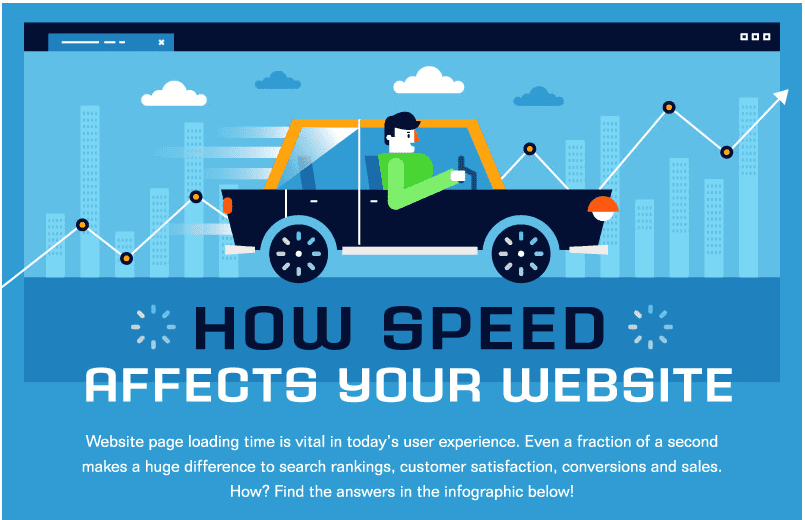It is safe to say that most of us have been through the painful waiting for a webpage that takes forever to load. What’s more, we have probably avoided visiting that website ever again.
Such reaction is completely understandable. However, it is not only excessively long waiting times that can be detrimental to a website. On the contrary, an infographic made by the Hosting Tribunal points out that as little as a 0.1 second change in page loading time can affect a website’s popularity.
In a perfect world, all webpages would load instantly. As this is not yet possible, however, we must strive to keep our load times reasonably low. The question is, then, how slow is too slow?
It is not easy to answer, as a fraction of a second can make a difference. “The faster the better!” is the motto, but we should at least keep the load times under three seconds – any higher and more than half of the visitors are likely to leave the website. Furthermore, if the load time exceeds four seconds, we can expect three quarters of the visitors to avoid our website in the future.
The matter is even worse if we use our website for retail purposes. Slower speeds are likely to lead customers to lose confidence in our company and take make their purchases elsewhere. Namely, even a second of delay can reduce the amount of people who go through with a transaction by 7%. This percentage gets exponentially higher as the delay grows.
Clearly, even a small increase in load time can have a devastating effect on a webpage. So, you might ask, what can we do about this? Well, you can start by checking out the infographic below for some useful information on what might be plaguing your webpage and what you can do to fix it.






